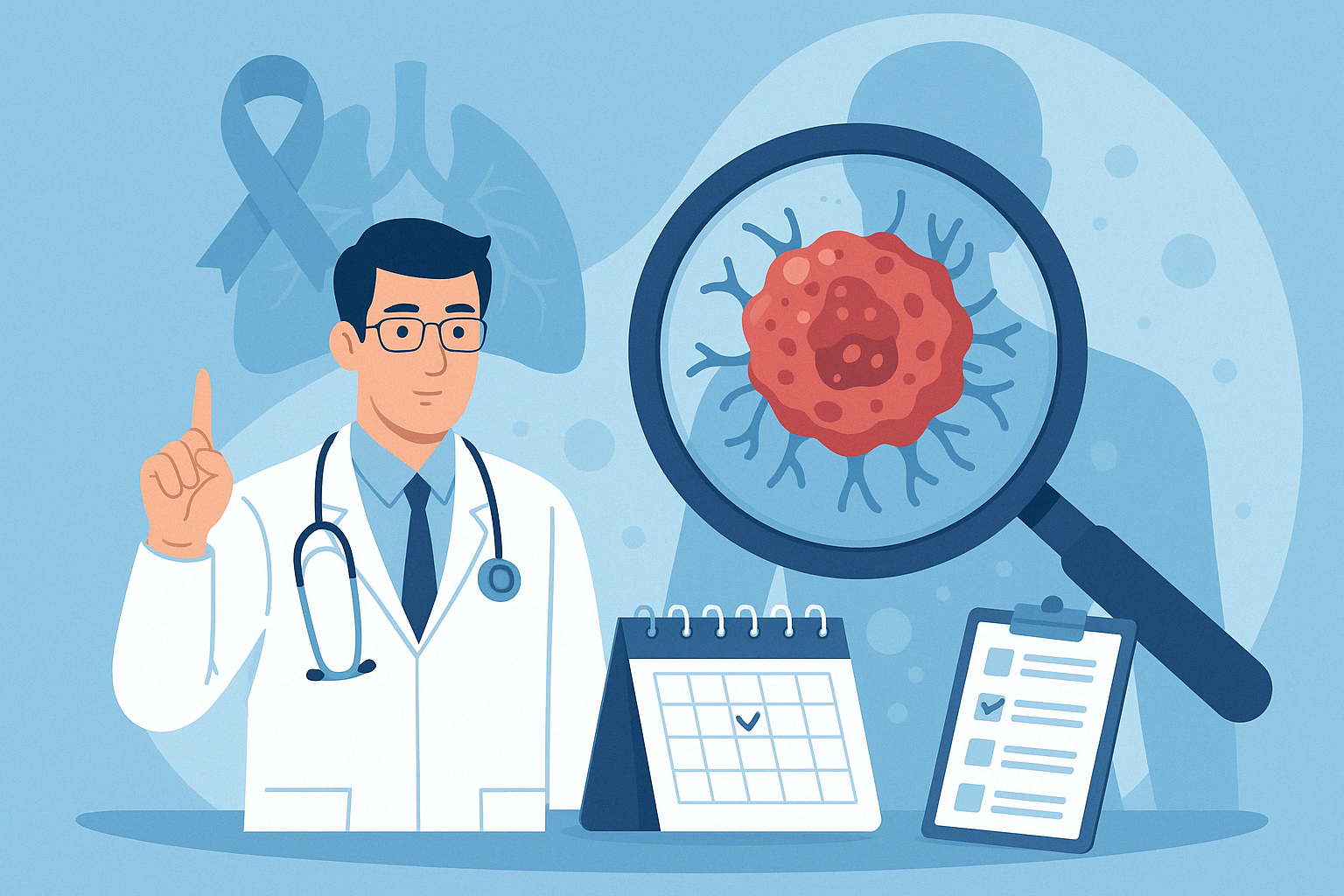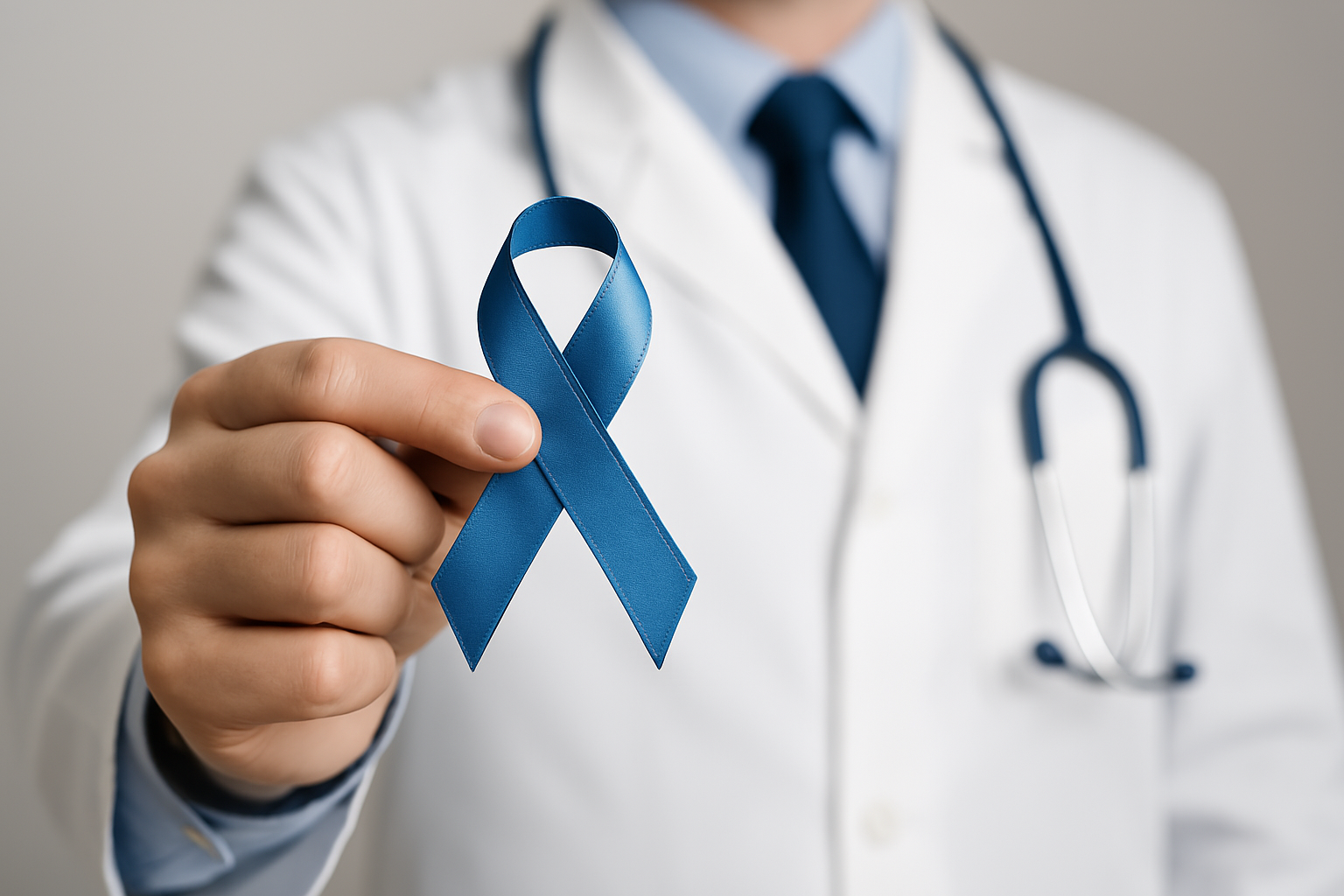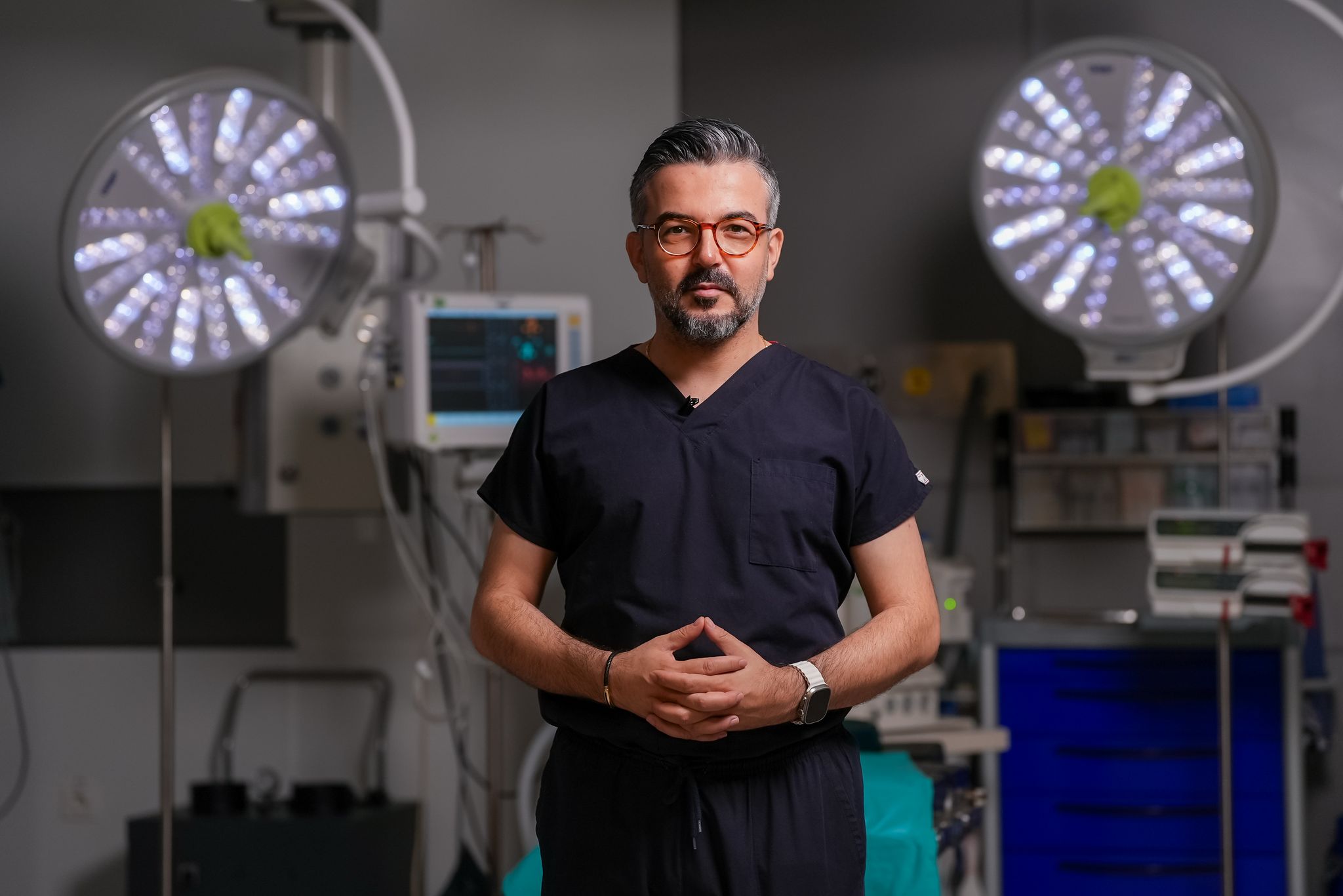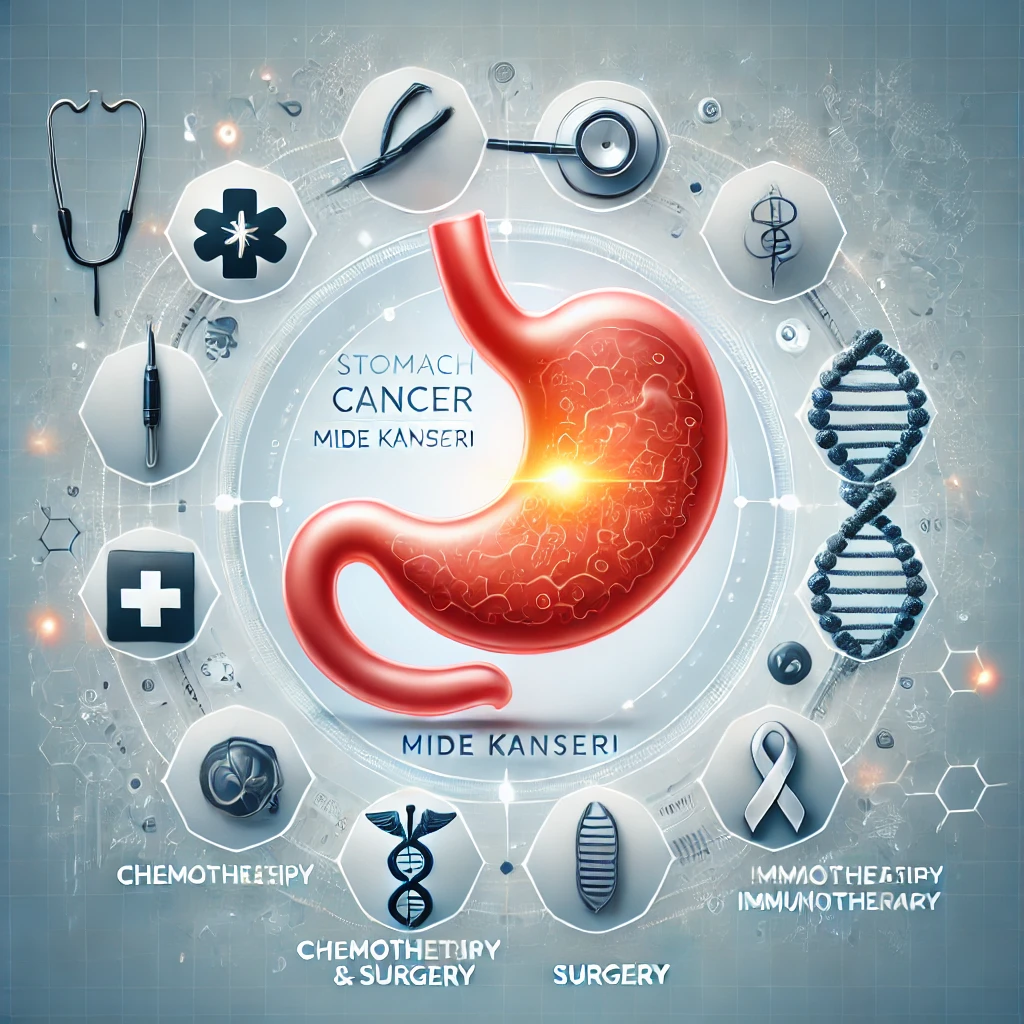- Homepage
- About
-
Treatments
- Sleeve Plus Surgery
- Gastric Sleeve Treatment
- Hot Chemotherapy in Advanced Cancer
- Endoscopic Gastric Balloon
- Gallbladder and Main Bile Duct Treatment
- Transit Bipartition
- Swallowable Stomach Balloon
- Stomach Cancer Surgery
- Laparoscopic Reflux Treatment
- Colon and Rectal Cancer Treatment
- Laparoscopic Hernia Surgery
- Pancreas Surgery
- Our Team
- Blog
- Contact

 English
English  Türkçe
Türkçe Shqip
Shqip Español
Español


